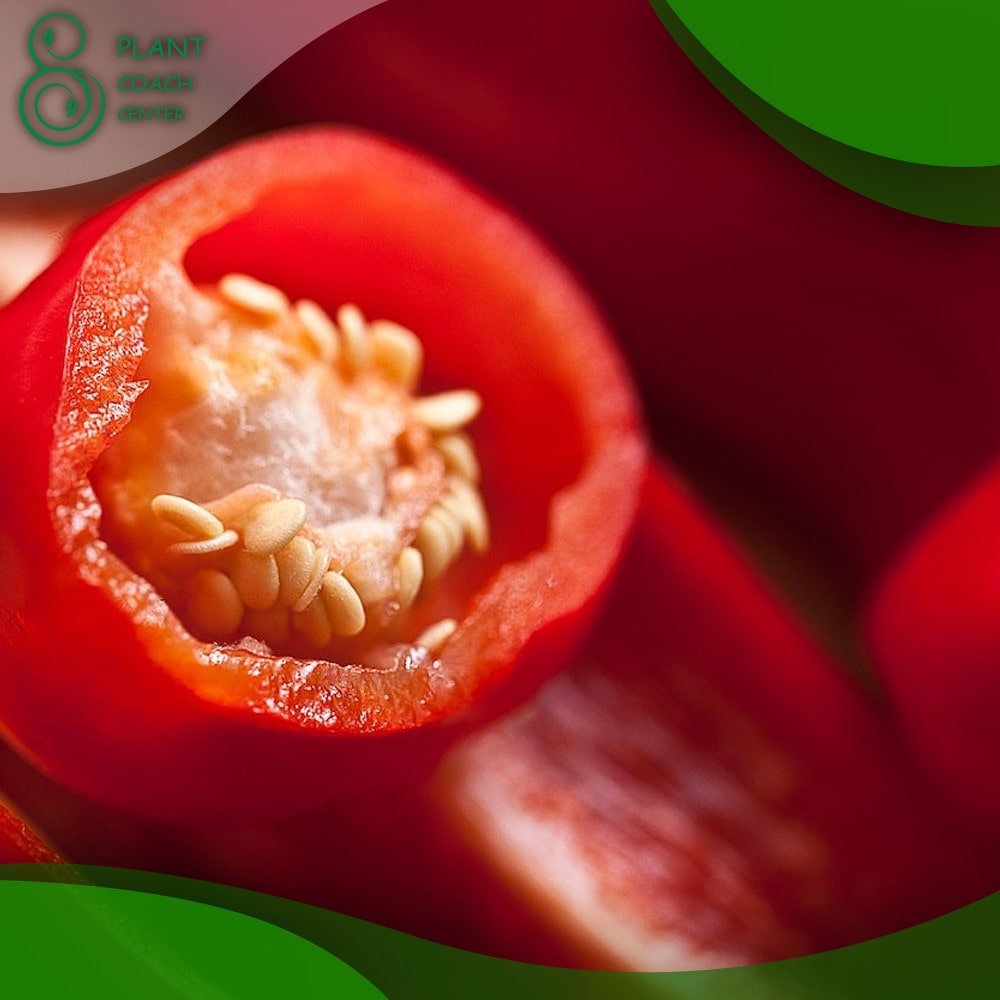When to Plant Peppers Outside
Welcome to the comprehensive guide on when to plant peppers outside. In this article, we will explore essential factors, techniques, and tips to ensure successful pepper cultivation. Whether you are a beginner or experienced gardener, you will find valuable insights to maximize your pepper harvest. This guide is brought to you by Plant Coach Center (plantcoachcenter.com), your go-to resource for all things plant-related.
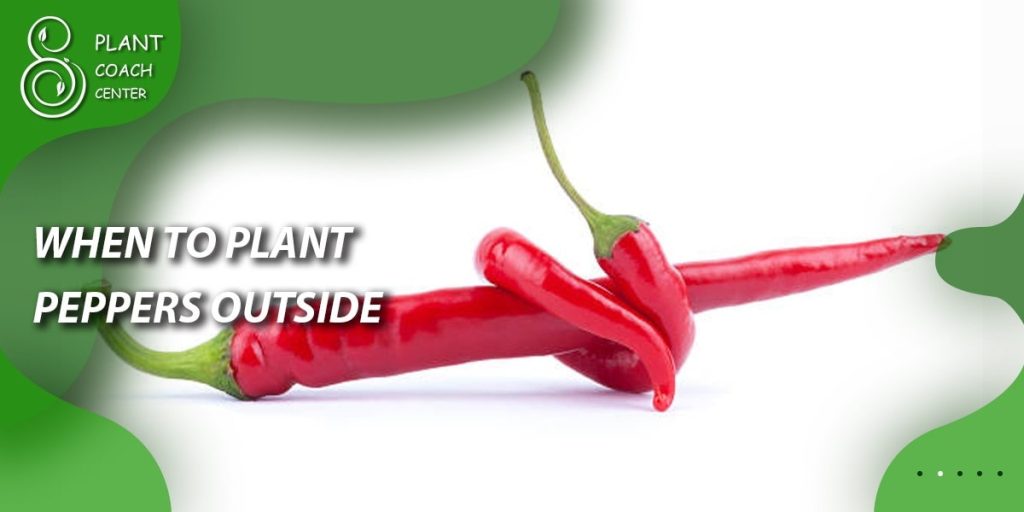
Understanding Pepper Planting Zones and Climate Considerations
Pepper cultivation success heavily relies on understanding your local climate and choosing suitable varieties. Consider the following aspects:
– The Role of Hardiness Zones: Familiarize yourself with the hardiness zones in your region to determine appropriate pepper varieties.
– Assessing Your Climate and Microclimate: Analyze your specific climate conditions and microclimate factors such as temperature, humidity, and sunlight exposure.
– Choosing the Right Pepper Varieties: Select pepper varieties that are known to thrive in your specific climate and meet your preferences.
- Factors Affecting Outdoor Pepper Planting Timing
Timing plays a crucial role in the success of your pepper plants. Pay attention to the following factors:
– Average Last Frost Date: Determine the average date of the last frost in your area, as peppers are sensitive to cold temperatures.
– Soil Temperature Considerations: Ensure that the soil temperature has reached the appropriate range for pepper planting, typically around 60°F (15°C) or higher.
– Weather Patterns and Seasonal Variations: Monitor weather patterns and consider seasonal variations that may affect the optimal timing for planting peppers.
Preparing the Garden for Pepper Planting
Preparing your garden adequately sets the foundation for healthy pepper plants. Follow these steps:
– Soil Preparation Techniques: Prepare the soil by removing weeds, tilling, and incorporating organic matter to improve fertility and drainage.
– Assessing Soil Drainage: Ensure proper soil drainage to prevent waterlogging, as peppers prefer well-draining soil.
– Incorporating Organic Matter and Nutrients: Enhance the soil’s nutrient content by adding compost, aged manure, or other organic amendments.
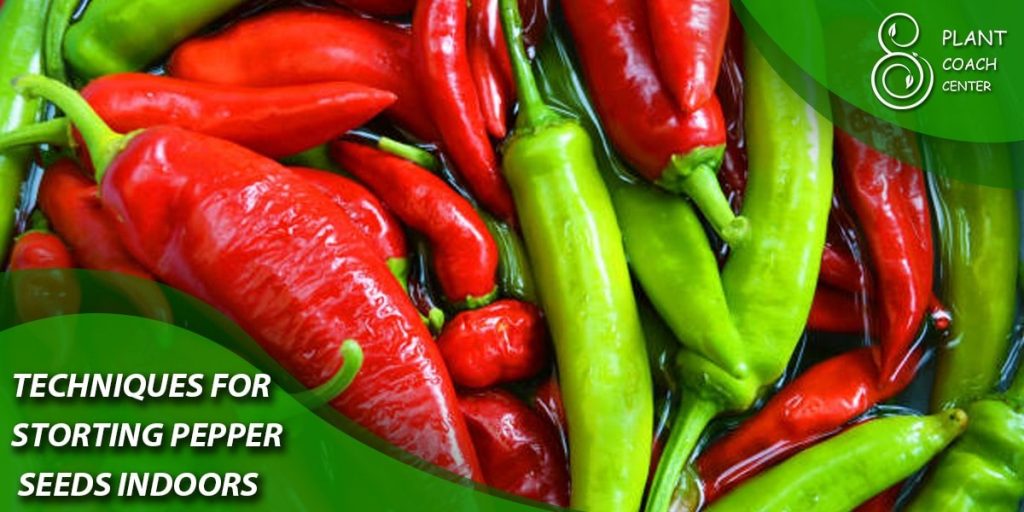
Techniques for Starting Pepper Seeds Indoors
Starting pepper seeds indoors gives you a head start and increases the chances of success. Here’s what you need to know:
– Benefits of Indoor Seed Starting: Understand the advantages of indoor seed starting, including controlled conditions, early germination, and stronger seedlings.
– Proper Timing for Indoor Seed Starting: Determine the ideal time to start pepper seeds indoors based on the average last frost date and the specific requirements of your pepper varieties.
– Selecting the Right Containers, Growing Medium, and Light Conditions: Choose appropriate containers, seed-starting mix, and provide adequate light to ensure healthy seedling development.
– Transplanting Seedlings Outdoors: Harden off the seedlings gradually and prepare them for outdoor conditions before transplanting into the garden.
Direct Seeding Pepper Plants Outdoors
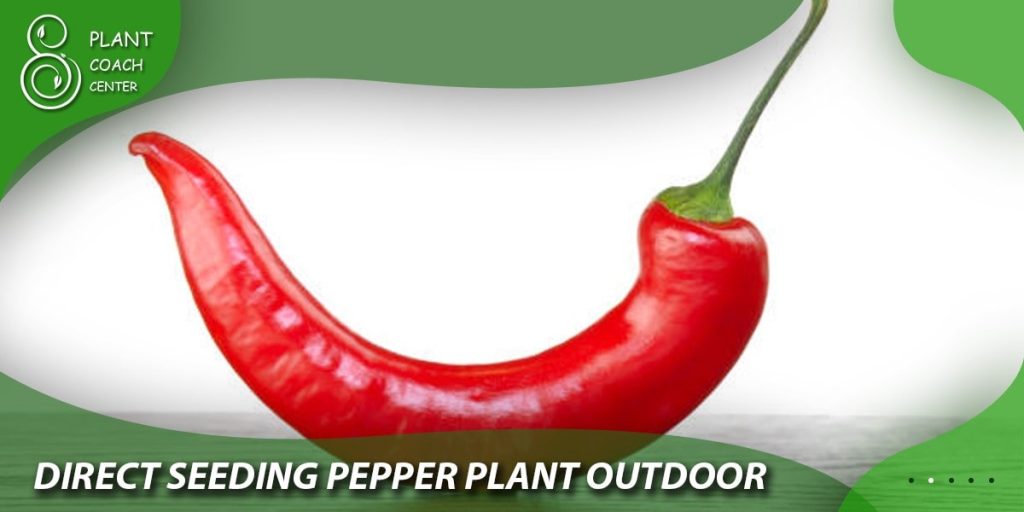
Direct seeding is an alternative method to starting peppers outdoors. Consider the following:
– Assessing Soil Temperature and Moisture: Ensure the soil has warmed up sufficiently, and soil moisture levels are appropriate for direct seeding.
– Recommended Techniques for Direct Seeding Peppers: Learn about proper seed placement, spacing, and soil preparation for successful direct seeding.
– Addressing Common Challenges in Direct Seeding: Understand potential difficulties such as weed competition and slower initial growth.
Protecting Peppers from Frost and Cold Temperatures
Peppers are sensitive to frost and cold temperatures. Take measures to protect your plants:
– Understanding Pepper Cold Tolerance and Frost Protection: Different pepper varieties have varying levels of cold tolerance. Learn about the hardiness of your chosen varieties and implement protective measures accordingly.
– Utilizing Season Extenders and Protective Covers: Employ techniques such as using row covers, cloches, or cold frames to shield your pepper plants from frost and cold temperatures.
– Strategies for Overcoming Unexpected Cold Events: Stay prepared for unexpected temperature drops by having frost blankets or other protective materials on hand to quickly cover your plants.

Nurturing and Caring for Outdoor Pepper Plants
Once your peppers are planted outdoors, proper care is crucial for their growth and productivity. Consider the following aspects:
– Watering Techniques and Strategies for Pepper Plants: Learn about the watering needs of peppers, including regular watering, appropriate moisture levels, and techniques for efficient irrigation.
– Proper Nutrient Management and Fertilization Practices: Understand the nutritional requirements of peppers and implement suitable fertilization methods to promote healthy growth and abundant fruiting.
– Maintaining Weed Control and Managing Pest Infestations: Employ weed control measures and implement integrated pest management strategies to prevent or address common pests and diseases that affect pepper plants.
– Supporting Pepper Plants with Proper Staking and Pruning: Provide support to your pepper plants through staking or trellising, and practice pruning techniques to enhance air circulation, reduce disease risk, and promote optimal fruit development.
Harvesting and Enjoying Your Peppers
The joy of growing peppers culminates in the harvest. Here’s what you need to know:
– Determining Pepper Ripeness and Optimal Harvest Time: Learn the signs of pepper maturity and determine the best time to harvest based on your desired level of ripeness.
– Harvesting Techniques to Preserve Flavor and Quality: Employ proper harvesting techniques to minimize damage to the plant and preserve the quality, flavor, and shelf life of your peppers.
– Creative Ways to Use and Store Your Pepper Harvest: Explore various culinary uses for peppers, including fresh consumption, cooking, pickling, and preserving methods to enjoy your harvest throughout the year.
Troubleshooting Common Pepper Plant Problems
Pepper plants can encounter various issues. Here’s how to identify and manage them:
– Identification and Management of Pests and Diseases: Learn to recognize common pests like aphids, caterpillars, and diseases such as fungal infections or viral diseases. Implement appropriate control strategies to mitigate their impact.
– Nutrient Deficiencies and Corrective Measures: Understand the symptoms of nutrient deficiencies in peppers, identify the lacking nutrients, and apply the necessary amendments or fertilizers.
– Environmental Stress Factors and Mitigation Strategies: Address environmental stressors like extreme temperatures, inadequate sunlight, or improper watering by implementing appropriate mitigation techniques.
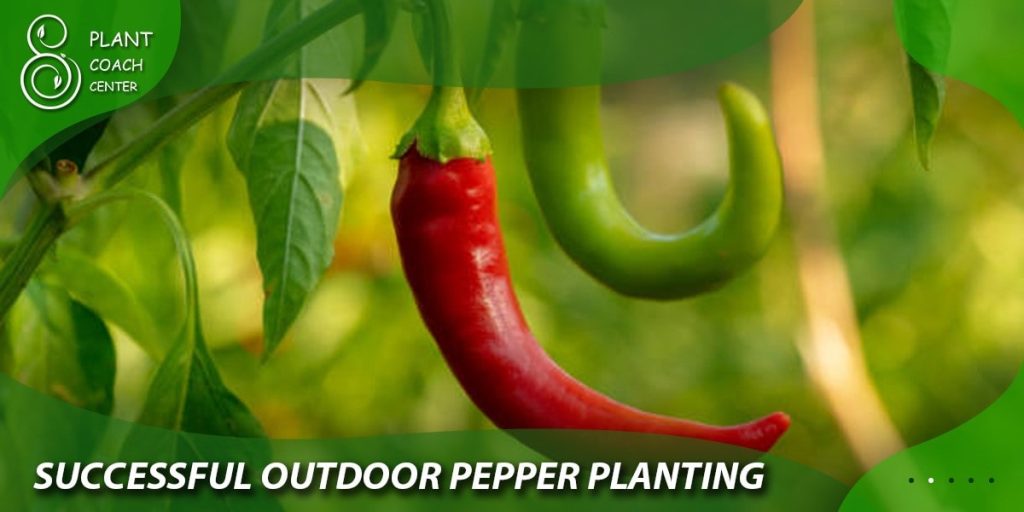
Conclusion: Successful Outdoor Pepper Planting
In conclusion, planting peppers outside requires careful consideration of climate, timing, soil preparation, and proper care throughout the growing season. By following the guidelines outlined in this comprehensive guide, you can maximize your chances of a successful pepper harvest. Remember to visit Plant Coach Center (plantcoachcenter.com) for more resources and expert advice on all aspects of plant cultivation. Happy pepper growing!


